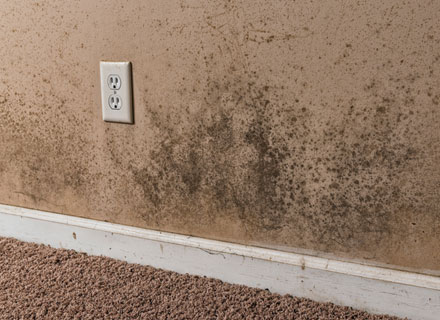
Understanding Different Types of Damp
Dampness comes in three primary forms: rising damp, penetrating damp, and condensation. Identifying the specific type affecting your property is crucial, as it influences both treatment methods and costs.
Condensation, the most common type, occurs when warm, moist air meets cold surfaces, typically during winter. It’s exacerbated by inadequate ventilation, especially in older homes designed to allow airflow. Symptoms include water droplets on windows or walls, dark mould, and musty odours. Improving ventilation can mitigate this issue.
Rising damp results from water rising up walls or floors from the ground. It’s usually prevented by damp-proof courses, but older buildings may lack these or have damaged ones. Poor drainage can also contribute, causing damage like plaster decay and tide marks.
Penetrating damp occurs when water enters through walls, often due to structural issues like faulty roofing or cracks. Unlike rising damp, it spreads horizontally and causes damp patches on walls and ceilings.
Gas and water leaks pose significant risks and may cause or exacerbate damp issues. Landlord responsibilities under various acts mandate safe gas and plumbing systems. Failure to meet these requirements may entitle tenants to compensation.
Our Services:
If you live in a rented property where there are cracks, damp, mould or leaks, we can help you with your Landlord on a no win no fee basis.
If mould and damp have caused or worsened any health issues or property damage, you may be entitled to compensation.
Our specialist solicitors will guide you through filing a claim and advising on potential out-of-pocket expenses, including: General damages, travel expenses, medical costs not covered by the NHS, loss of earnings, loss of anticipated earnings, and care claims. We will also discuss housing disrepair.
